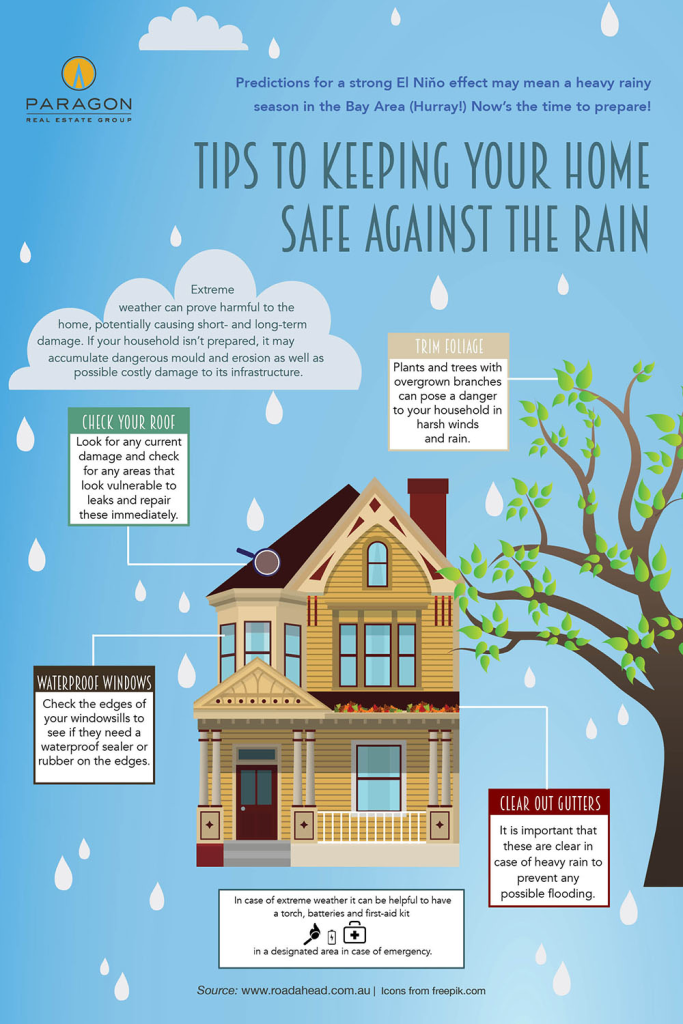The Role Of Roofing Air Flow In A Successful Setup
The Role Of Roofing Air Flow In A Successful Setup
Blog Article
Posted By-Thorpe Poole
When you're dealing with a roof task, you might not assume much concerning roofing ventilation, but it's even more critical than you realize. Efficient ventilation helps control temperature level and wetness in your attic, avoiding issues like mold and mildew and structural damage. By recognizing how to make and install a well balanced ventilation system, you can improve power efficiency and prolong the lifespan of your roof covering materials. So, what are https://crej.com/news/know-colorados-roofing-contract-rules-penalties-protections/ to think about during installment that can make all the difference?
Value of Roofing System Air Flow
Roof ventilation plays an important function in preserving the general health and wellness of your home. By permitting fresh air to flow through your attic, it helps control temperature and dampness degrees. This balance is necessary to stop warmth buildup throughout warm months, which can cause enhanced power costs as your cooling burns the midnight oil.
In addition, proper ventilation significantly minimizes the danger of moisture-related concerns like mold and mildew and mildew. If humidity degrees climb, your home's architectural integrity can be jeopardized, bring about pricey fixings. You wouldn't intend to deal with deteriorating timber or deformed roof products, right?
Furthermore, sufficient ventilation expands the life-span of your roofing system. When warmth and moisture are kept in check, your roof can execute ideally, preventing premature damage. This indicates less headaches and expenses down the line.
How Roof Covering Air Flow Functions
Reliable roofing system ventilation counts on the natural motion of air to develop an equilibrium between consumption and exhaust. When you install vents, you're essentially permitting fresh air to enter your attic room while enabling hot, stagnant air to run away. This procedure assists regulate temperature and moisture levels, stopping issues like mold development and roofing system damage.
Intake vents, typically discovered at the eaves, attract great air from outside. Meanwhile, exhaust vents, located near the ridge of the roof covering, let hot air surge and exit. The distinction in temperature level produces a natural air movement, referred to as the stack impact. As cozy air increases, it develops a vacuum that pulls in cooler air from the lower vents.
To maximize this system, you require to ensure that the consumption and exhaust vents are properly sized and placed. If the intake is restricted, you will not attain the desired air flow.
Also, inadequate exhaust can catch warm and dampness, resulting in prospective damages.
Key Installment Considerations
When installing roofing system ventilation, several essential considerations can make or damage your system's effectiveness. Initially, you need to assess your roof's design. The pitch, form, and materials all affect air movement and air flow choice. Make sure to pick vents that fit your roofing system kind and local environment problems.
Next off, think about the positioning of your vents. Preferably, visit the next post 'll desire a well balanced system with intake and exhaust vents positioned for ideal airflow. Location intake vents short on the roof and exhaust vents near the peak to encourage a natural flow of air. This arrangement assists protect against moisture build-up and advertises power effectiveness.
Do not forget insulation. Appropriate insulation in your attic room protects against heat from getting away and maintains your home comfy. Make certain that insulation does not obstruct your vents, as this can prevent air flow.
Lastly, consider upkeep. Choose air flow systems that are very easy to accessibility for cleansing and evaluation. Routine maintenance guarantees your system continues to operate efficiently over time.
Final thought
To conclude, roofing air flow is necessary for an effective installation. By guaranteeing correct air movement, you can avoid warmth buildup and moisture concerns that bring about expensive damage. When you purposefully position intake and exhaust vents, you improve power effectiveness and extend the life expectancy of your roofing system. Keep in mind, a well-ventilated roof covering not just protects your investment yet additionally improves your interior air quality. So, prioritize air flow to make certain a resilient and cost-efficient roofing system for your home.
